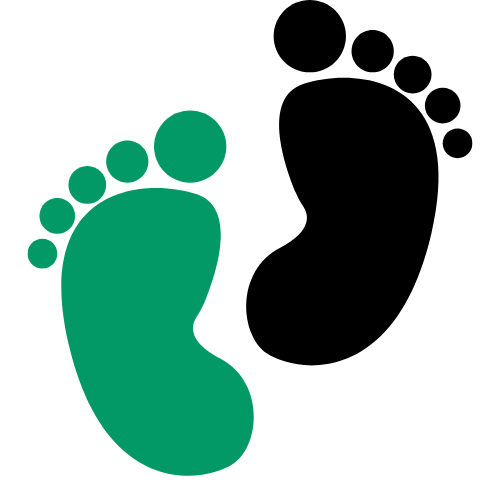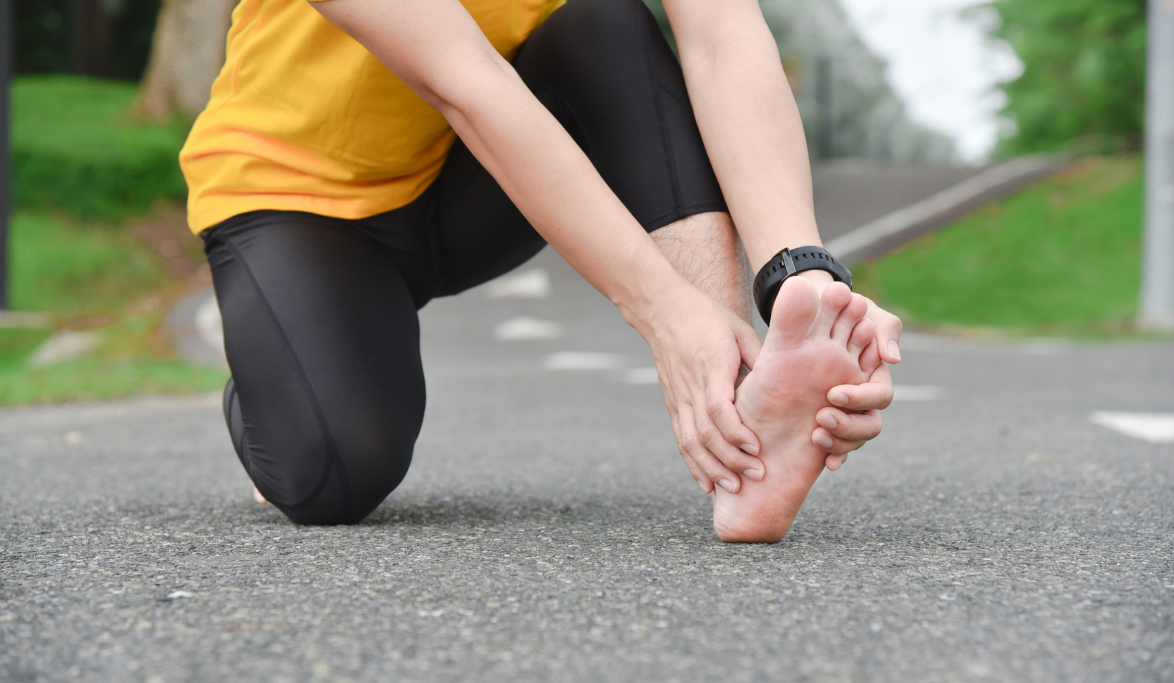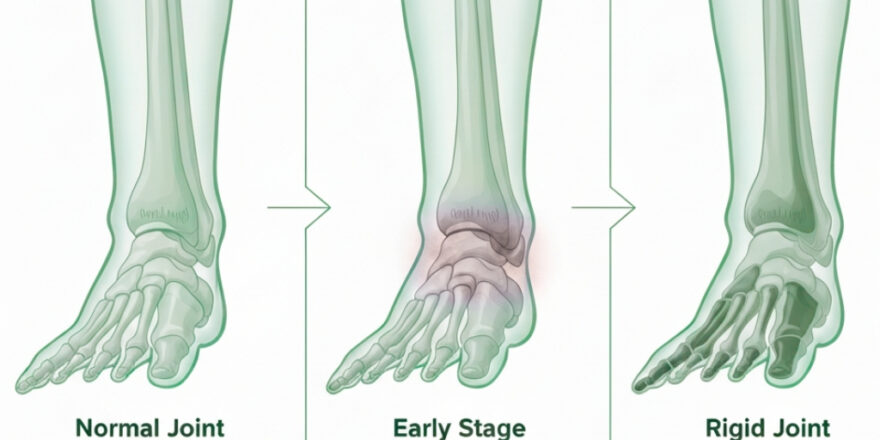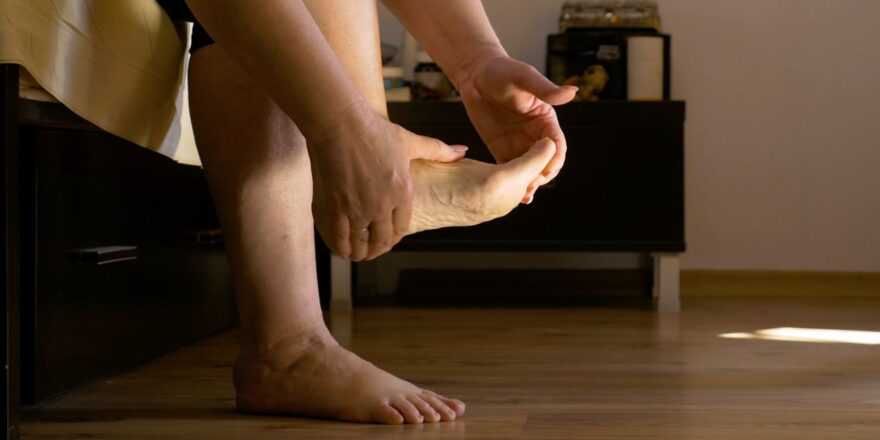Proper foot health plays an integral role in maintaining overall well-being and mobility. The feet act as the foundation of our body, enabling movement and supporting weight during daily activities. However, certain conditions, such as Hallux Rigidus, can disrupt this balance. The importance of early detection and intervention for Hallux Rigidus cannot be overstated, as timely care not only halts progression but also preserves overall foot function, mitigates pain, and enhances mobility.
If left untreated, Hallux Rigidus can worsen and lead to pain which results in limited movement and difficulty walking. In this informative guide, we will explore the importance of early detection and intervention for Hallux Rigidus as well as ways to manage and prevent Hallux Rigidus effectively.
What is Hallux Rigidus?
Hallux Rigidus is an arthritis condition which impacts the joint at the base of the big toe, specifically its joints and bones. The term “Hallux” refers to the big toe while “Rigidus” indicates stiffness of movement.
Patients living with Hallux Rigidus experience stiffness and discomfort during activities which require toe movement. As a result, over time, their joints become stiffer, restricting motion and creating pain even during simple daily tasks.
Early identification of this condition highlights the importance of early detection and intervention for Hallux Rigidus and can greatly help with managing symptoms and improving quality of life. Learn more about this condition in What Is Hallux Rigidus? An In-Depth Overview
Benefits of Early Diagnosis for Hallux Rigidus
The importance of early detection and intervention for Hallux Rigidus lies in the progressive nature of this disease. Without timely action, it could result in joint degeneration that ultimately necessitates surgical repair or even replacement surgery.
Early diagnosis allows doctors and specialists to treat conditions before their symptoms worsen, providing better management options, reduced pain levels and enhanced mobility outcomes.
Early diagnosis increases the chances of successful nonsurgical treatments being employed and allows individuals to enjoy active lives free of illness or discomfort. Proactive measures may slow progression while simultaneously helping individuals maintain active lives with ease.
For instance, investing in well-cushioned walking shoes for Hallux Rigidus can provide the right support and minimize pain during daily activities.
Recognizing Signs and Symptoms of Hallux Rigidus
Diagnosing Hallux Rigidus requires understanding its symptoms.
Here are some early signs of Hallux Rigidus you should keep an eye out for:
- Bony growths near an affected joint which make wearing shoes painful for patients.
- Mild to severe swelling around an affected joint, sometimes with redness present as well.
- When walking or climbing stairs, intermittent or sustained discomfort could indicate Hallux Rigidus is present.
- Pain and stiffness may lead to difficulty walking, leading to limping or altered gait patterns that make walking challenging.
- Limited movement in the big toe joint that makes bending or flexing difficult can indicate reduced flexibility is present and must be overcome for effective functioning.
If these symptoms continue, seek medical assistance immediately. Addressing them promptly underlines the importance of early detection and intervention for Hallux Rigidus, increasing your chance of finding effective solutions.
The Role of Intervention in Early-Stage Hallux Rigidus
Timely interventions are key in successfully treating Hallux Rigidus during its earlier stages. Treatment plans usually focus on relieving pain and improving mobility while protecting joint cartilage against further degradation.
Here are common Hallux Rigidus treatment options in early stages:
Non-Surgical Treatments
- Inserts that relieve pressure and improve joint function when walking.
- Targeted exercises designed to strengthen foot muscles and increase mobility.
- Nonsteroidal anti-inflammatory drugs (NSAIDs) to reduce discomfort and swelling.
Minimally Invasive Techniques
- Joint Mobilization: Gentle manipulation of the joint to improve flexibility.
- Injections: Corticosteroid injections to relieve inflammation and short-term pain.
Surgical Intervention
If non-surgical options fail, surgical intervention may become necessary. Operations range from debridement (the removal of damaged tissue) to joint fusion or replacement surgeries.
Working with a qualified podiatrist further emphasizes the importance of early detection and intervention for Hallux Rigidus, as it ensures personalized treatment plans.
Preventive Measures for Hallux Rigidus
Sometimes, prevention is just as important as the cure. Genetic predisposition plays a key role in Hallux Rigidus, as explored in this article.
Tips for Preventing Hallux Rigidus Progression:
- Choose Proper Footwear
Choose shoes that have enough room in the toes region and shoes with a thick sole. That means the best footwear is the one with enough room in the front for the toes.
- Warm Up and Stretch
Flexing joints every morning will involve stretching toes and the arches ensuring they do not become rigid.
- Maintain Healthy Body Weight
Overweight and obesity lead to excess body weight that has a bearing on the joints and those found on the big toe. A healthy weight goes a long way in helping to reduce some of this pressure.
- Maintain Your Foot Health
Keep an eye out for any changes in foot condition by inspecting them regularly and discussing any developments with healthcare providers right away.
Though these steps may appear small, implementing changes to habits could make an enormous difference . This also potentially prevents an outbreak of Hallux Rigidus or worsening of existing conditions.
Conclusion
Ensuring the health and mobility of feet are integral parts of an active and independent life. Understanding how to identify Hallux Rigidus symptoms early helps patients avoid more intensive treatments later.
To obtain more medical guidance or doctor advice related to Hallux Rigidus, see either a podiatrist or qualified physician specializing in foot care and treatment.
Be proactive today about learning new things while appreciating life! It’s time for self care! It’s time to put yourself first! Give yourself what it deserves by investing time into learning more and protecting your foot, exploring more of life’s offerings, and taking good care of yourself!





